
Canavalia gladiata
(MRP Inclusive of all taxes)
- Shipping ₹79 for entire order
- Dispatch in 7 days
- Country of origin: India

(MRP Inclusive of all taxes)
 Save 29%
Save 29%
Air Purifier Money Plant with Pot The Air Purifier Money Plant, also known as Pothos or Epipremnum aureum, is a stunning indoor plant that...
View full details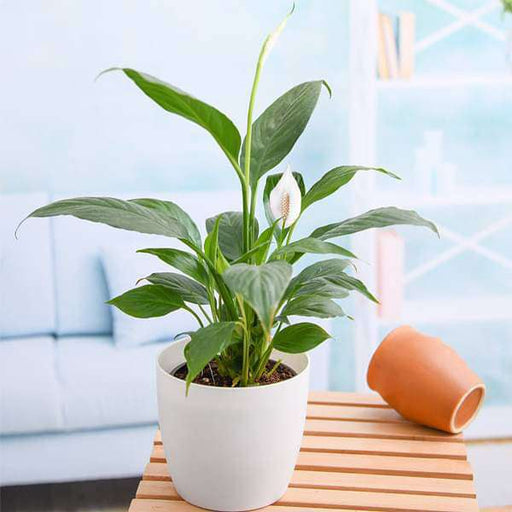
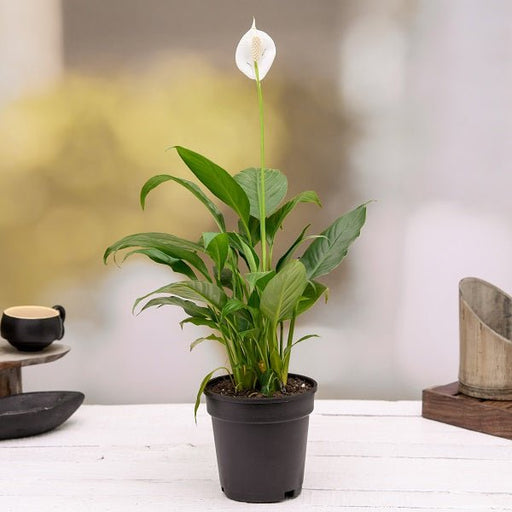 Save up to 15%
Save up to 15%
Peace Lily, Spathiphyllum - Plant The Peace Lily, scientifically known as Spathiphyllum, is a stunning houseplant celebrated for its elegant white...
View full details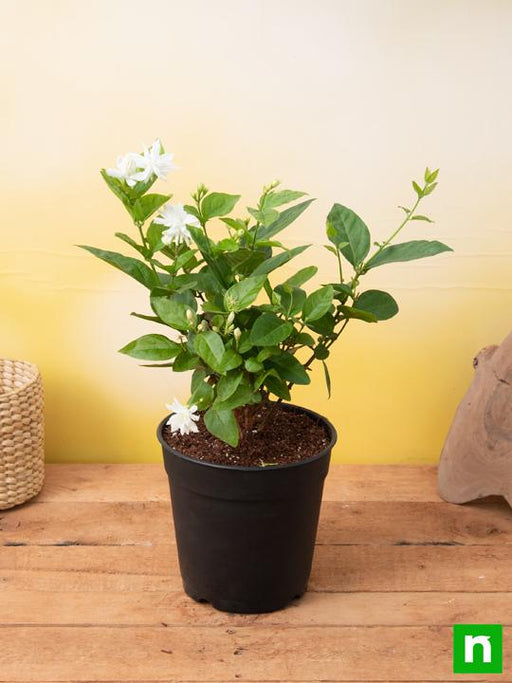
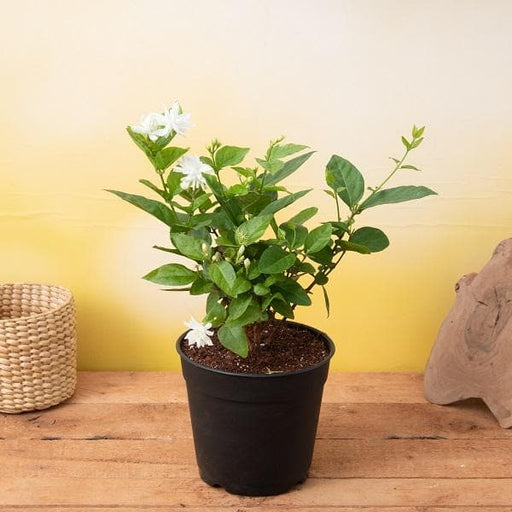 Save 25%
Save 25%
Jasminum sambac, Mogra, Arabian Jasmine - Plant Jasminum sambac, commonly known as Mogra or Arabian Jasmine, is a fragrant flowering plant...
View full details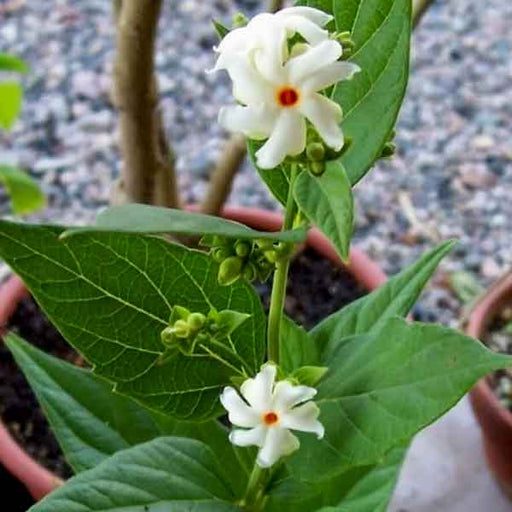
 Save 18%
Save 18%
Combo Constituents Includes the Parijat Tree (Night-Flowering Jasmine), a culturally significant plant with fragrant flowers. Description The Pari...
View full details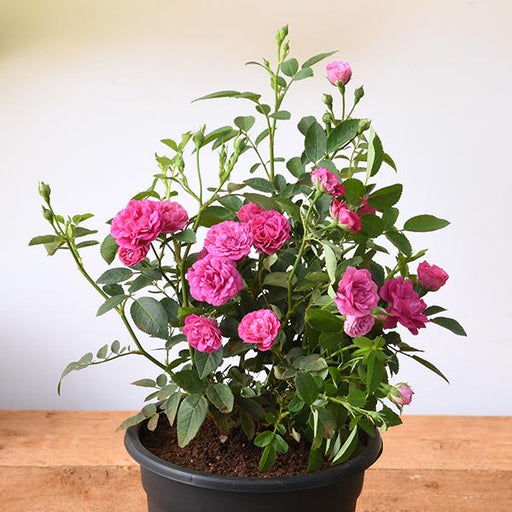
 Save 25%
Save 25%
Miniature Rose, Button Rose (Any Color) - Plant The Miniature Rose, also known as the Button Rose, is a charming and compact flowering plant that ...
View full details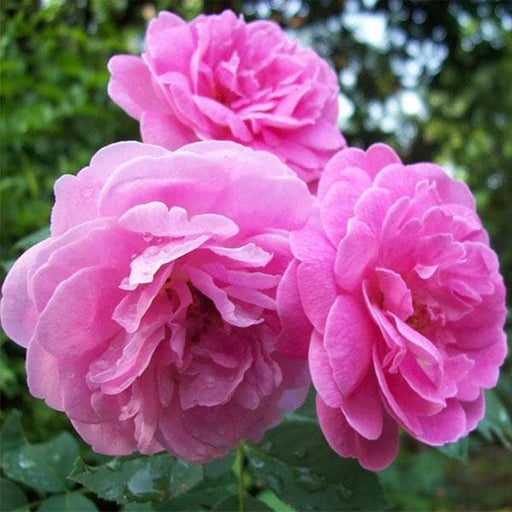 Save 25%
Save 25%
Damascus Rose, Scented Rose (Any Color) - Plant The Damascus Rose, also known as Rosa damascena, is a timeless symbol of beauty and romanc...
View full details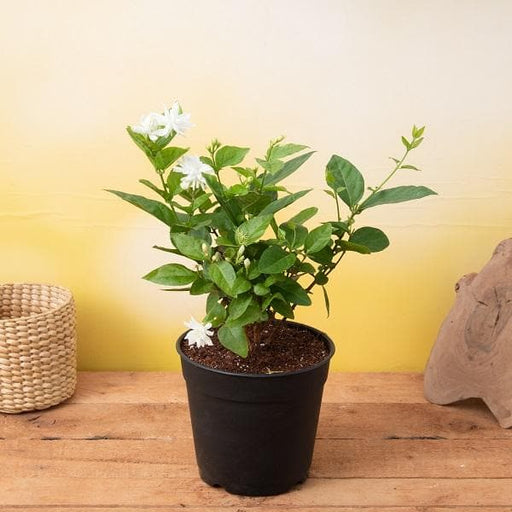
 Save 17%
Save 17%
Beautiful Fragrant Mogra, Arabian Jasmine Plant with Pot The Beautiful Fragrant Mogra, also known as Arabian Jasmine (Jasminum sambac), is...
View full details Save 15%
Save 15%
Pack of Vermicompost and Neem Cake for House Plants Transform your indoor garden with our premium Pack of Vermicompost and Neem Cake, spec...
View full details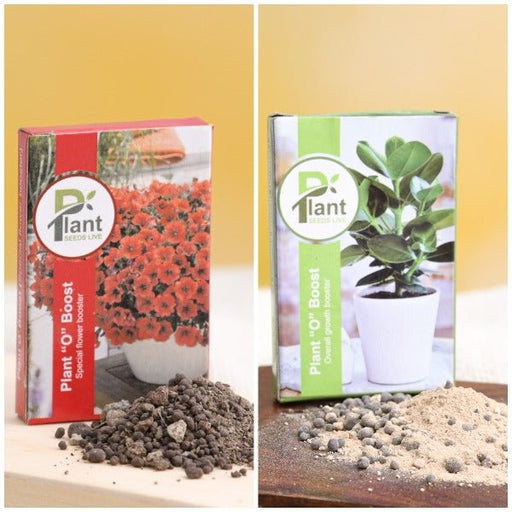
Pack of Plant Growth and Flower Boosters Unlock the full potential of your garden with our Pack of Plant Growth and Flower Boosters! This ...
View full details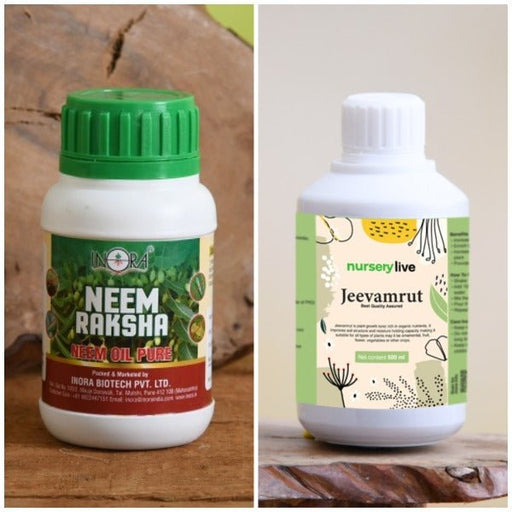 Save 38%
Save 38%
Combo of Jeevamrut and Neem Raksha for Easy Growth and Protection of Houseplants Transform your indoor garden with our exclusive combo of ...
View full details Save 22%
Save 22%
Plant Nutrients Kit (Pack of 16) for a Healthy Garden Transform your garden into a lush paradise with our Plant Nutrients Kit, featuring 1...
View full details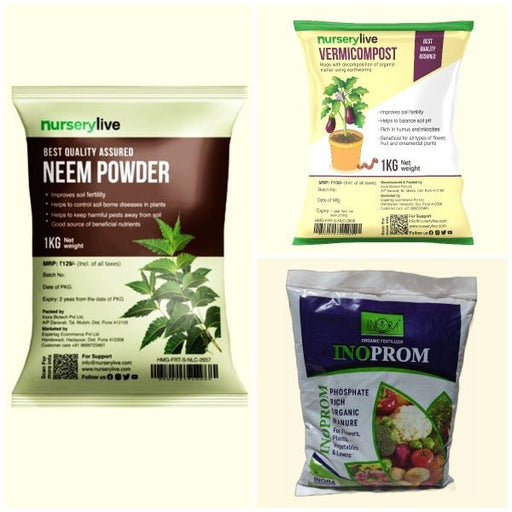 Save 16%
Save 16%
Combo of Top Plant Fertilizers Elevate your gardening game with our exclusive Combo of Top Plant Fertilizers, featuring two bags of premiu...
View full details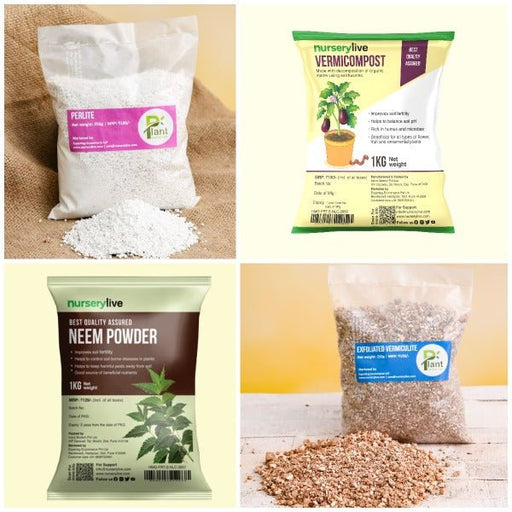 Save 24%
Save 24%
Pack of 4 Additives to Make Soil Healthy and Nutrient Rich Transform your garden into a thriving ecosystem with our Pack of 4 Additives de...
View full details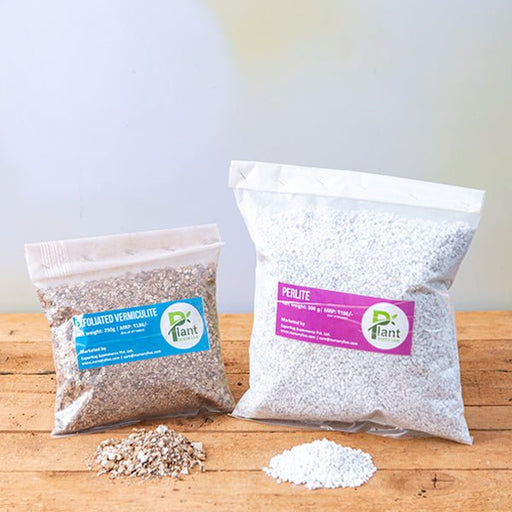 Save 30%
Save 30%
Transform your gardening experience with our premium Combo of Perlite and Vermiculite. This unique blend is designed to enhance soil aeration and ...
View full details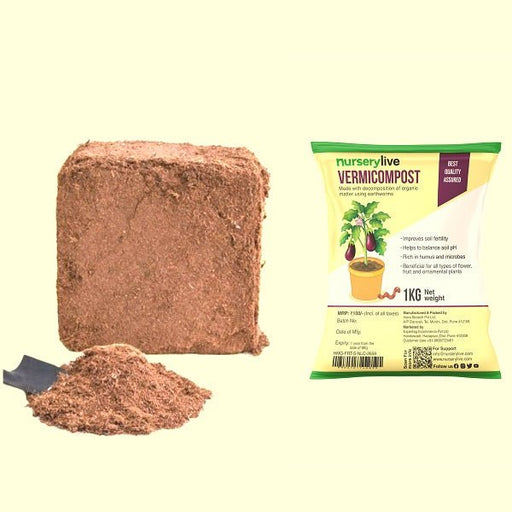 Save 27%
Save 27%
Combo of 2 Vermicompost and Cocopeat - Enrich Your Soil Naturally! Transform your garden into a thriving ecosystem with our Combo of 2 Ver...
View full details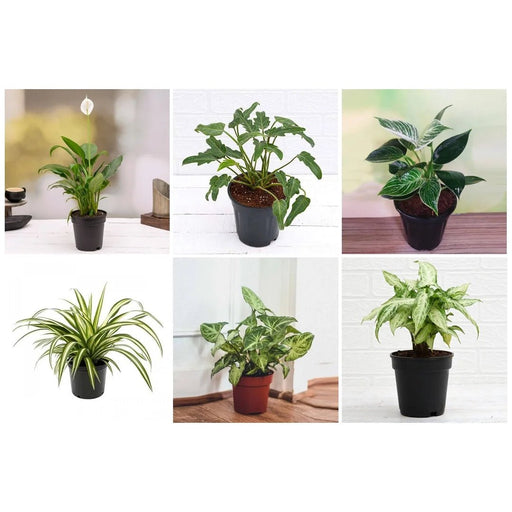
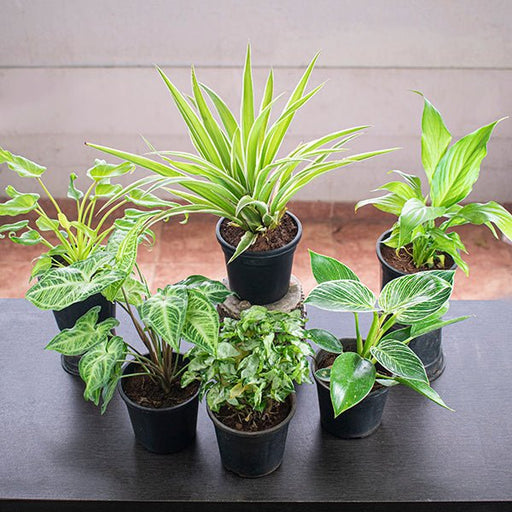 Save 35%
Save 35%
Best 6 Plants for Perfect Indoor Garden Transform your living space into a lush oasis with our curated collection of the Best 6 Plants for a...
View full details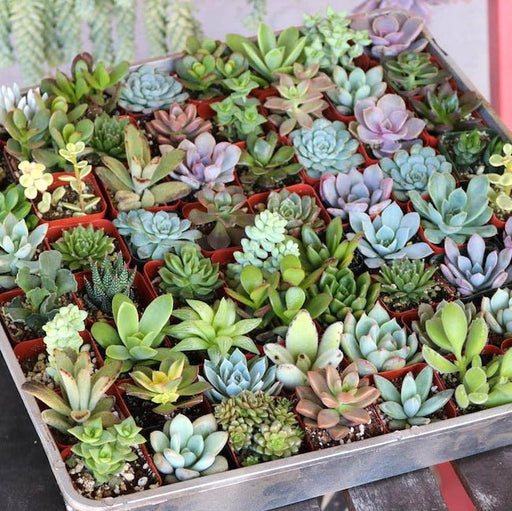
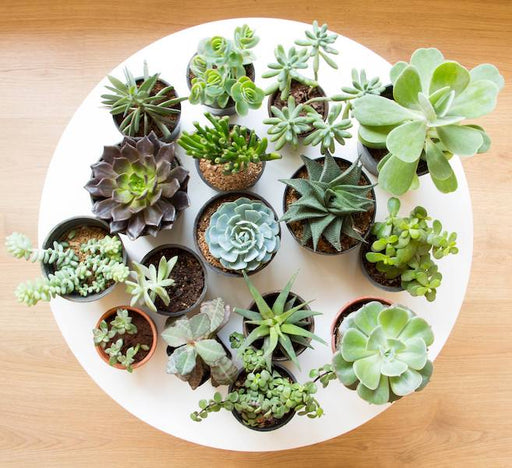 Save up to 50%
Save up to 50%
Mini Succulent Garden Pack Transform your space with our Mini Succulent Garden Pack, featuring a delightful collection of 4 any variety beautiful s...
View full details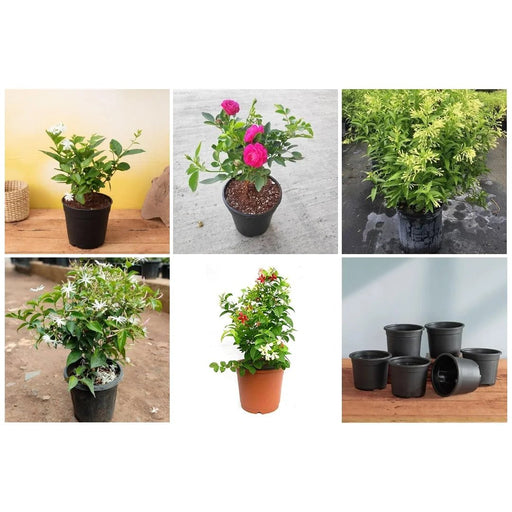
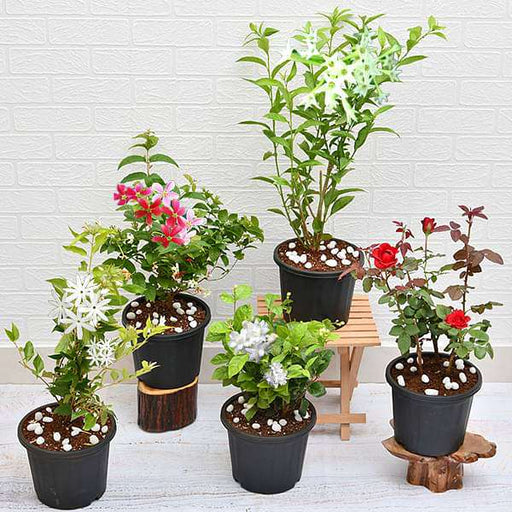 Save 30%
Save 30%
5 Best Fragrant Plants Transform your garden or indoor space into a fragrant paradise with our curated selection of the 5 Best Fragrant Plants. Th...
View full details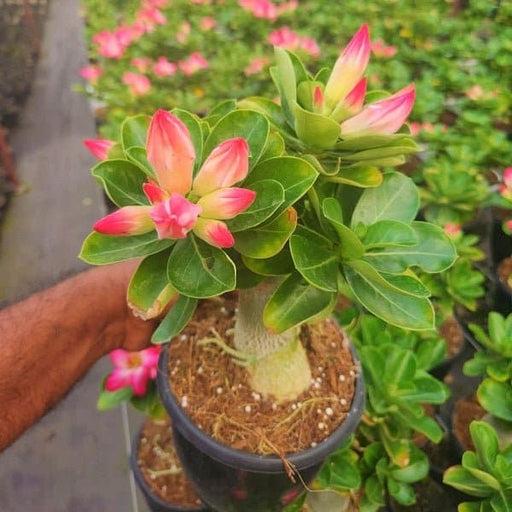
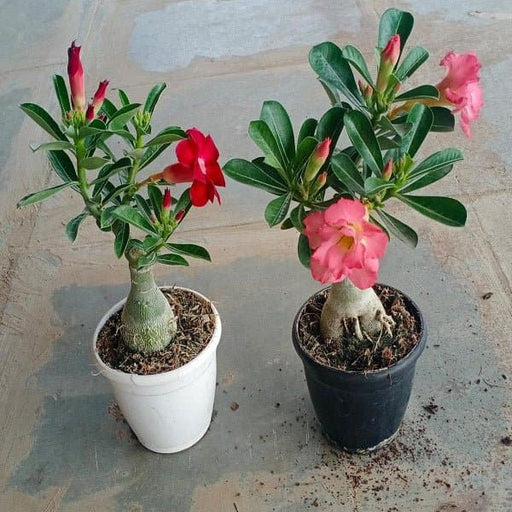 Save 24%
Save 24%
Set of 2 Bonsai Looking Grafted Adeniums Transform your indoor or outdoor space with our exquisite Set of 2 Bonsai Looking Grafted Adenium...
View full details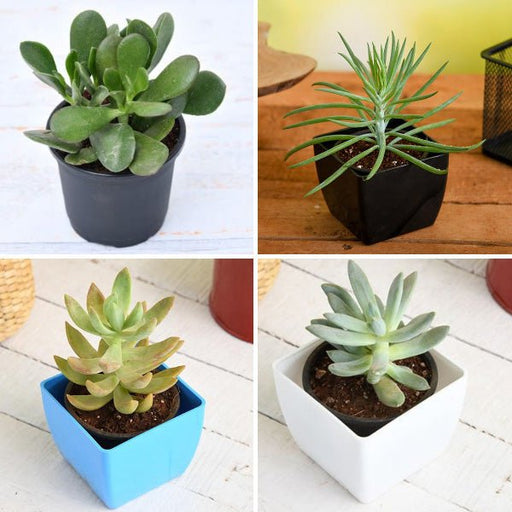 Save 45%
Save 45%
Top 4 Die Hard Succulents Pack Transform your indoor or outdoor space with our Top 4 Die Hard Succulents Pack, featuring a curated selecti...
View full details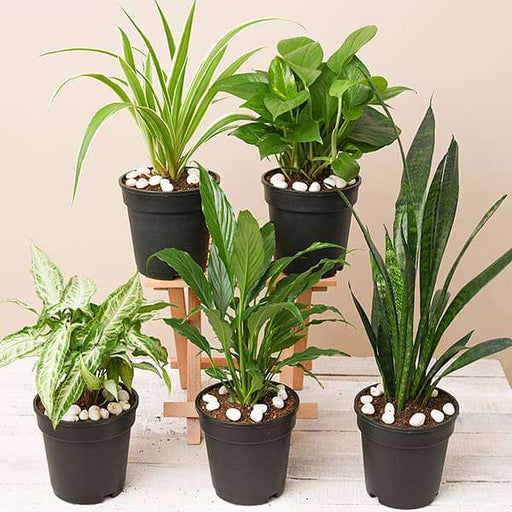
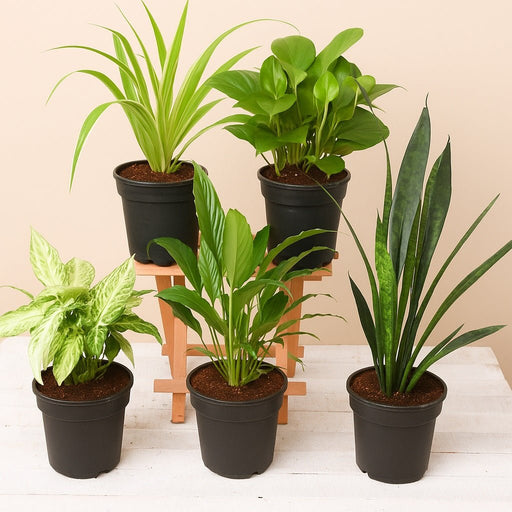 Save 30%
Save 30%
5 Best Indoor Plants Pack Transform your living space into a lush oasis with our '5 Best Indoor Plants Pack.' This carefully curated collection fe...
View full details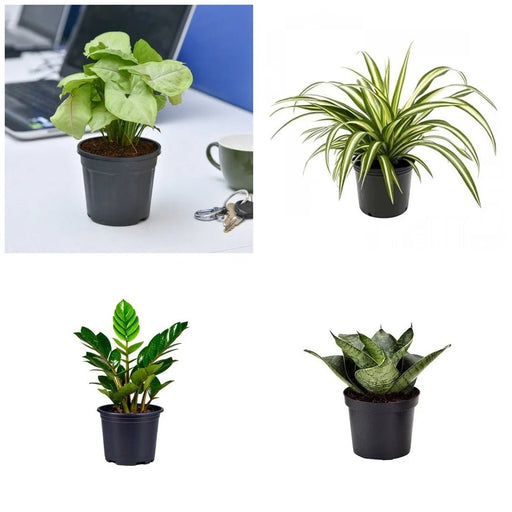
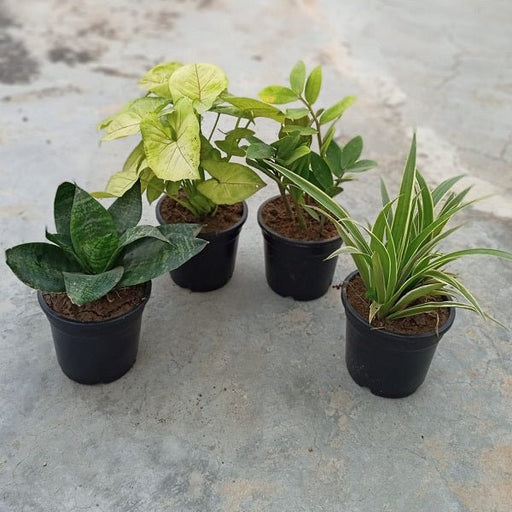 Save 25%
Save 25%
Set of 4 Evergreen Air Purifier Plant Pack Transform your indoor space into a lush, green oasis with our Set of 4 Evergreen Air Purifier Pla...
View full details| SrNo | Item Name |
|---|---|
| 1 | Canavalia gladiata |
Canavalia gladiata, commonly known as sword bean, is a vigorous, climbing legume native to tropical regions. This unique plant is characterized by its long, flat pods that can reach up to 30 cm in length, containing edible seeds that are rich in protein. The vibrant green foliage and striking purple flowers not only enhance garden aesthetics but also attract pollinators, making it a valuable addition to any landscape.
What sets Canavalia gladiata apart is its dual role as both a food source and a soil enhancer. As a legume, it has the ability to fix nitrogen in the soil, improving fertility and promoting sustainable agriculture. Its seeds are not only nutritious but also have been used in traditional cuisines across various cultures, showcasing its versatility and historical significance.
This remarkable plant is drought-tolerant and can thrive in poor soil conditions, making it an excellent choice for sustainable gardening. Additionally, its rapid growth and ability to cover trellises or fences quickly provide natural shade and privacy, while its striking appearance adds visual interest to any garden.
Canavalia gladiata plays a significant role in promoting biodiversity and improving soil health. By fixing nitrogen, it reduces the need for chemical fertilizers, thus minimizing environmental pollution. Its ability to grow in less-than-ideal conditions makes it an excellent choice for reforestation and land restoration projects.
If you’re looking for a plant that’s as versatile as a Swiss Army knife, look no further than the Canavalia gladiata tree. This botanical wonder is not just a pretty face; it’s packed with benefits! From improving soil health to providing nutritious seeds, this legume is the ultimate multitasker. It’s like the friend who brings snacks, does the dishes, and still manages to crack jokes. Plus, its ability to fix nitrogen makes it a gardener’s best buddy, ensuring your soil stays rich and happy.
Cultivating Canavalia gladiata is like hosting a party where everyone is invited, and the only requirement is a little sunshine and well-drained soil. This tree thrives in tropical and subtropical climates, making it the life of the garden party. Just plant the seeds, give them some love, and watch them grow into a lush spectacle. It’s low-maintenance, so you can spend more time sipping lemonade and less time worrying about your plants.
The uses of Canavalia gladiata are as diverse as a buffet table at a family reunion. From being a cover crop to enhancing biodiversity, this tree does it all. Its seeds are edible and can be used in various dishes, adding a unique twist to your culinary adventures. Think of it as the secret ingredient that makes your meals pop! Plus, it’s great for erosion control, so it’s like the superhero of the garden, saving the day while looking fabulous.
If you’re on the hunt for a superfood that’s not just a fad, look no further than Canavalia gladiata. Packed with protein, fiber, and essential nutrients, this legume is like the gym buddy who keeps you motivated. It’s a fantastic source of vitamins and minerals, making it a great addition to your diet. Who knew that a tree could be so good for your health? It’s like having a personal trainer in your backyard, cheering you on to better nutrition.
The Canavalia gladiata tree is a true globetrotter, thriving in a variety of habitats from coastal areas to disturbed lands. It’s like that friend who can adapt to any social situation, fitting in seamlessly wherever it goes. This adaptability makes it a resilient species, capable of surviving in less-than-ideal conditions. So, if you’re looking for a plant that can handle life’s curveballs, this tree is your go-to.
Propagating Canavalia gladiata is as easy as pie—if pie were made from seeds and a little patience. You can start with seeds or cuttings, and before you know it, you’ll have a mini forest of these beauties. Just plant them in well-drained soil, give them some water, and watch the magic happen. It’s like planting a wish and waiting for it to come true, only with a lot more greenery involved.
While Canavalia gladiata is a tough cookie, it’s not entirely pest-proof. Think of pests as the uninvited guests at a party—annoying but manageable. Common pests include aphids and caterpillars, but fear not! With a little vigilance and some organic pest control methods, you can keep your tree thriving. It’s all about maintaining the balance, like a tightrope walker who knows how to keep their cool.
If Canavalia gladiata were a person, it would be the laid-back friend who doesn’t mind where they hang out. This tree prefers well-drained soil but can tolerate a range of soil types, making it the ultimate easygoing companion. Whether your garden is sandy, loamy, or clayey, this tree will adapt and flourish. Just remember, it doesn’t like to sit in water, so give it a good drainage plan, and it’ll be happy as a clam.
The climate preferences of Canavalia gladiata are as specific as a diva’s rider—warm and tropical, please! This tree loves the heat and humidity, making it a perfect fit for those sun-soaked gardens. If you live in a cooler climate, you might want to consider a greenhouse or a tropical vacation for your plant. It’s all about giving it the right environment to thrive, like a celebrity needing their favorite green room.
Canavalia gladiata isn’t just a pretty face; it’s got some medicinal tricks up its sleeve too! Traditionally, various parts of the plant have been used in folk medicine to treat ailments ranging from digestive issues to inflammation. It’s like having a natural pharmacy right in your garden. Just remember, while it’s great for home remedies, consult a professional before diving into self-treatment.
The environmental impact of Canavalia gladiata is nothing short of impressive. This tree plays a crucial role in improving soil fertility and preventing erosion, making it an eco-warrior in the plant kingdom. It’s like the environmentalist friend who’s always advocating for sustainability and making sure everyone is aware of their carbon footprint. By planting Canavalia gladiata, you’re not just beautifying your space; you’re contributing to a healthier planet.
In the agricultural world, Canavalia gladiata is like the unsung hero that farmers didn’t know they needed. Its ability to fix nitrogen in the soil makes it a valuable asset for crop rotation and sustainable farming practices. It’s like having a secret weapon in your agricultural arsenal, boosting productivity while being environmentally friendly. So, if you’re in the farming game, consider adding this legume to your lineup for a greener, more fruitful future.
Canavalia gladiata, also known as sword bean, is a leguminous plant that boasts long, flat pods resembling swords. Native to tropical regions, it’s not just a pretty face; it’s packed with protein and can be a culinary delight. Just don’t try to use it as a weapon—unless you’re in a food fight!
You’ll find Canavalia gladiata strutting its stuff in tropical and subtropical regions, particularly in Asia, Africa, and the Pacific Islands. It thrives in warm climates, so if you’re looking for it, head to sunny spots where it can flex its leafy muscles and show off those impressive pods!
Absolutely! Canavalia gladiata is edible, but with a twist. While the young pods can be cooked and enjoyed, the mature seeds need a little pampering—like soaking and cooking—to make them safe for your tummy. Think of it as a culinary adventure, where you’re the brave explorer of the bean world!
Canavalia gladiata is a nutritional powerhouse! It’s rich in protein, fiber, and essential vitamins, making it a fantastic addition to your diet. It’s like the superhero of legumes, swooping in to save your meals from blandness while boosting your health. Who knew beans could be so heroic
Cooking Canavalia gladiata is a breeze! Simply boil the young pods until tender, then toss them into salads, stir-fries, or soups. For the seeds, soak them overnight, then boil or roast. Just remember, the key is to treat them right—no one likes a tough bean!
Yes, indeed! Growing Canavalia gladiata at home is like inviting a tropical party to your garden. It loves warm weather and well-drained soil. Just plant the seeds, give them some sunshine, and watch them flourish. Soon, you’ll have your very own bean-tastic harvest!
Canavalia gladiata has a knack for surviving dry spells, making it somewhat drought-resistant. It’s like that friend who shows up to the party even when the weather’s not great. However, it still appreciates a good drink now and then, so don’t forget to water it during those dry days!
Like any diva, Canavalia gladiata can attract a few pests. Watch out for aphids, caterpillars, and beetles that might want to crash the party. Regular checks and a little organic pest control can keep your plant looking fabulous and pest-free. After all, no one likes uninvited guests!
Yes, Canavalia gladiata is a soil superhero! As a legume, it fixes nitrogen in the soil, enriching it and making it more fertile. Plant it, and you’re not just growing beans; you’re giving Mother Earth a little love. It’s like a spa day for your garden!
Canavalia gladiata hails from the tropical regions of Asia and Africa, where it has been cultivated for centuries. It’s like the ancient traveler of the legume world, spreading its seeds and culinary charm across continents. Who knew beans could have such a rich backstory
Yes, Canavalia gladiata has made its mark in traditional medicine! Various cultures have used it for its potential health benefits, including anti-inflammatory and antioxidant properties. It’s like the wise old sage of the plant world, offering remedies while looking fabulous in your garden!
Canavalia gladiata is a versatile culinary gem! Young pods can be sautéed, added to soups, or tossed in salads, while the seeds can be used in stews or ground into flour. It’s the culinary chameleon of legumes, ready to adapt to your kitchen adventures!